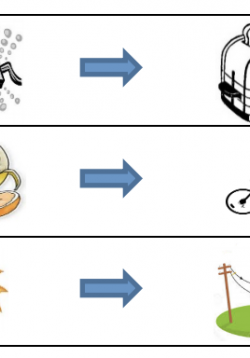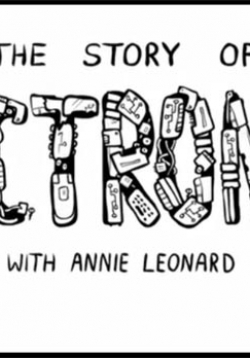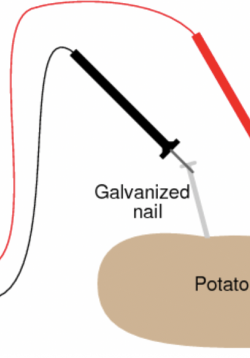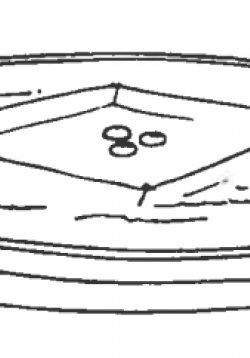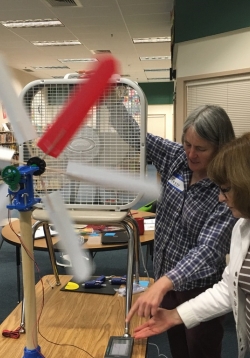Gears vs. Pulleys on Solar Cars
Students will design an investigation to test differences between solar vehicles. This is an excellent follow-up lesson to the solar boat activity or any other activity in which students have already experimented with other types of solar vehicles. However...

